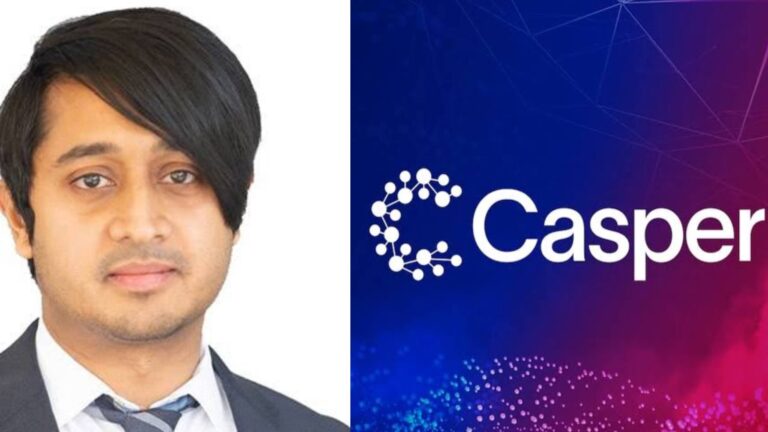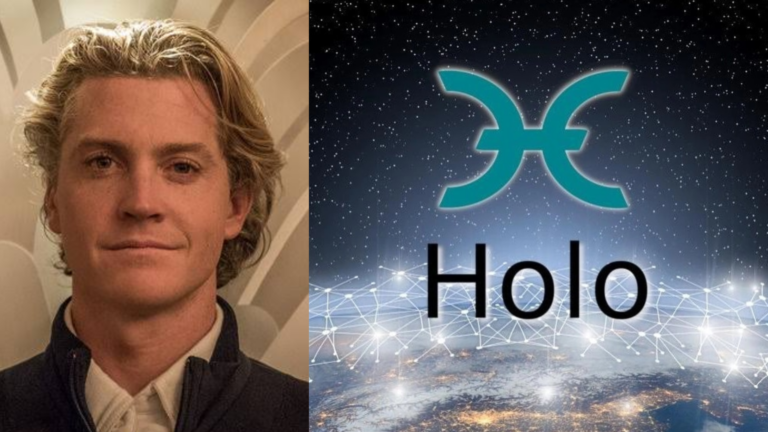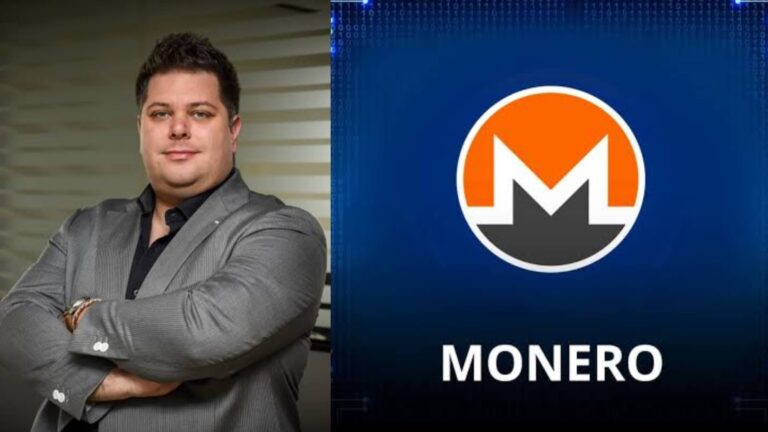Avalanche (AVAX) Explained: Everything You Need to Know Before Investing – By Founder Emin Gün Sirer

Introduction to Avalanche (AVAX)
Avalanche (AVAX) is a high-performance blockchain platform designed to support decentralized applications (dApps), enterprise blockchain solutions, and custom blockchain networks. Launched in 2020 by Emin Gün Sirer and the team at Ava Labs, Avalanche is known for its high speed, scalability, and low transaction fees.
Unlike traditional blockchains, Avalanche operates using a unique consensus mechanism that enables it to process thousands of transactions per second (TPS), making it one of the fastest blockchain networks available today.
Key Features of Avalanche (AVAX)
1. High Scalability & Speed
Avalanche can process up to 4,500 TPS (transactions per second), compared to Ethereum’s 15 TPS and Bitcoin’s 7 TPS.
2. Low Transaction Fees
AVAX transactions cost only a fraction of Ethereum’s gas fees, making it more efficient for DeFi, NFTs, and dApp development.
3. Three-Chain Architecture (X-Chain, P-Chain, C-Chain)
Avalanche operates on three separate chains, each serving a different purpose:
- X-Chain: Handles asset creation and transfers.
- P-Chain: Manages validators and subnets.
- C-Chain: Supports Ethereum-compatible smart contracts.
4. Interoperability with Ethereum (EVM Compatible)
Avalanche allows developers to port Ethereum-based dApps to its network with minimal changes, making it an attractive alternative for Ethereum developers.
5. Custom Blockchain Creation (Subnets)
Avalanche enables users to create their own custom blockchains (subnets), which can have their own unique rules and consensus mechanisms.
6. Decentralization & Security
Avalanche uses its own consensus mechanism, combining aspects of Proof-of-Stake (PoS) and Avalanche consensus, ensuring both decentralization and security.
How Avalanche (AVAX) Works
Avalanche uses a unique Snowman Consensus Mechanism, which is a blend of:
- Directed Acyclic Graphs (DAGs) for fast parallel processing.
- Proof-of-Stake (PoS) for validator rewards and security.
This mechanism allows transactions to be confirmed in less than 1 second, making Avalanche one of the fastest smart contract platforms.
The Avalanche (AVAX) Token
AVAX is the native utility token of the Avalanche ecosystem, used for:
✅ Transaction fees
✅ Staking & validator rewards
✅ Network governance
Avalanche (AVAX) Tokenomics
- Total Supply: 720 million AVAX
- Circulating Supply: ~350 million AVAX (as of 2025)
- Market Cap: Check live prices on CoinMarketCap
- Staking Rewards: ~8-12% annual yield
Unlike Bitcoin and Ethereum, Avalanche burns a portion of its transaction fees, reducing supply over time and potentially increasing value.
Use Cases of Avalanche (AVAX)
1. Decentralized Finance (DeFi)
Avalanche hosts major DeFi projects like Aave, Curve, and Trader Joe, providing low fees and fast transactions.
2. NFTs & Gaming
Many NFT marketplaces and blockchain-based games are built on Avalanche due to its low fees and high speed.
3. Enterprise Blockchain Solutions
Companies can build private or public blockchains using Avalanche Subnets for specific industries.
4. Cross-Chain Interoperability
Avalanche’s bridge technology allows easy transfer of assets between Ethereum and Avalanche, boosting adoption.
5. Smart Contracts & Web3 Applications
Avalanche’s EVM compatibility allows Ethereum developers to migrate their smart contracts seamlessly.
Advantages of Investing in Avalanche (AVAX)
✅ Fast Transactions – <1 second transaction finality.
✅ Low Fees – Cheaper than Ethereum.
✅ Ethereum Compatibility – Supports Solidity smart contracts.
✅ Strong Developer Ecosystem – Many dApps and DeFi projects are moving to Avalanche.
✅ Eco-Friendly – Uses Proof-of-Stake (PoS), consuming less energy than Bitcoin.
Potential Risks of Investing in Avalanche (AVAX)
❌ Competition from Ethereum, Solana, and Polygon – Avalanche competes with other Layer 1 blockchains.
❌ Network Congestion During High Demand – While scalable, heavy DeFi and NFT usage can slow the network.
❌ Regulatory Risks – Governments could impose crypto restrictions affecting Avalanche’s growth.
❌ Volatility – Like all cryptos, AVAX’s price can fluctuate significantly.
Is Avalanche (AVAX) a Good Investment?
Avalanche (AVAX) is a promising investment due to its high speed, low fees, and growing DeFi and NFT ecosystem. It’s an excellent choice for investors looking for Ethereum alternatives with faster transactions and lower costs.
However, its success depends on developer adoption, network stability, and competition from other blockchains. If you believe in the future of scalable smart contract platforms, AVAX is worth considering.
Conclusion
Avalanche (AVAX) is one of the most innovative blockchain projects, offering a fast, scalable, and decentralized platform for DeFi, NFTs, and Web3 applications. With its Ethereum compatibility, unique consensus mechanism, and subnets, it has positioned itself as a major player in the blockchain industry.
If you’re looking for a fast and efficient Layer 1 blockchain with strong adoption, Avalanche (AVAX) is worth adding to your portfolio.
Frequently Asked Questions (FAQs)
🔹 Who is the founder of Avalanche?
Avalanche was founded by Emin Gün Sirer, a professor at Cornell University and the CEO of Ava Labs.
🔹 How does Avalanche compare to Ethereum?
Avalanche offers faster transactions (4,500 TPS vs. Ethereum’s 15 TPS), lower fees, and customizable subnets, making it a strong Ethereum alternative.
🔹 Where can I buy AVAX?
AVAX is available on major exchanges like Binance, Coinbase, KuCoin, and Kraken.
🔹 Does Avalanche support smart contracts?
Yes, Avalanche is EVM-compatible, meaning it supports Ethereum-based smart contracts.
🔹 What makes Avalanche unique?
Avalanche’s three-chain architecture, subnet technology, and fast consensus mechanism make it one of the most scalable and efficient blockchains.





